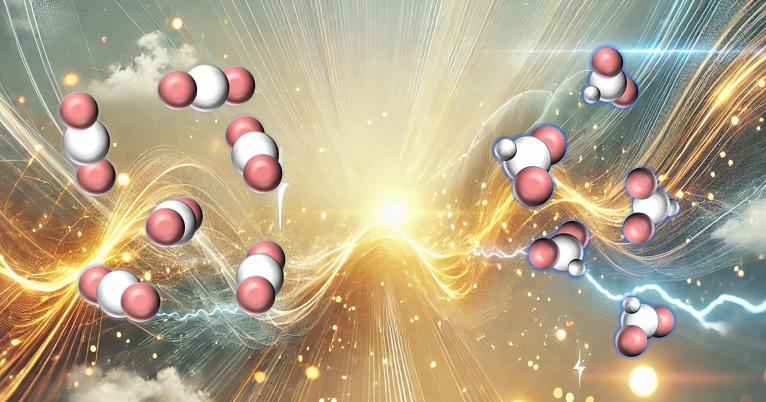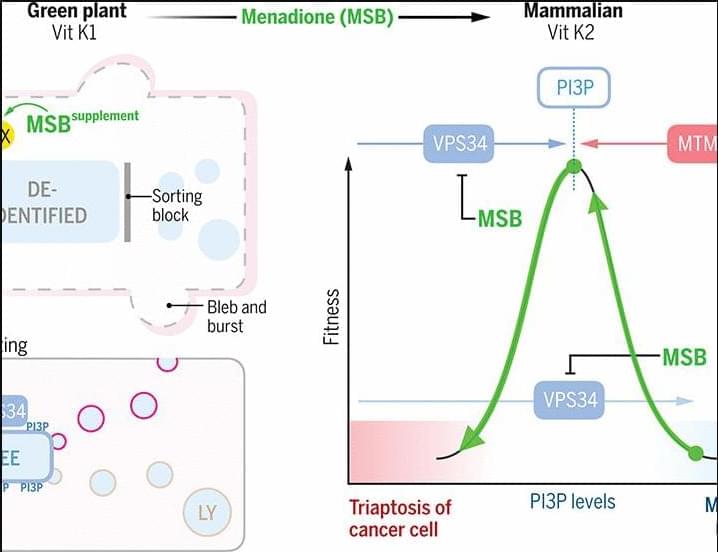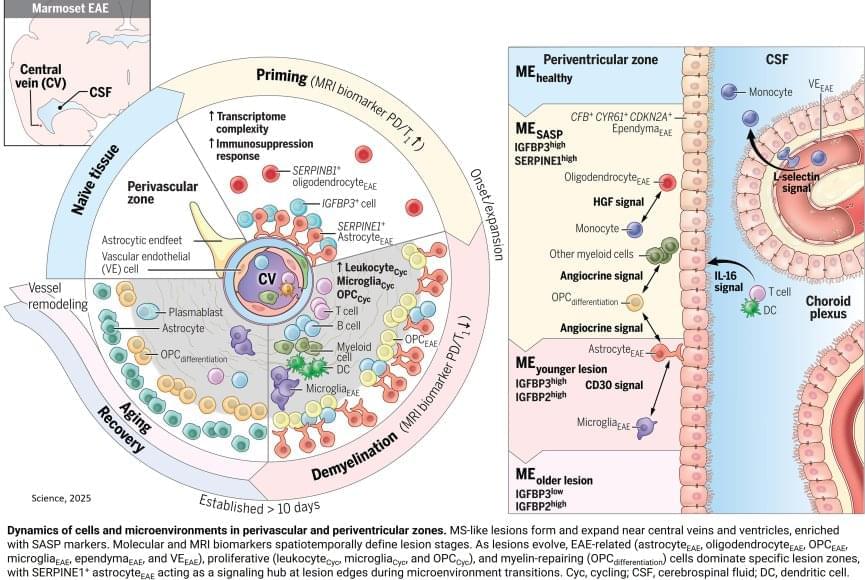Boquila trifoliolata plants were purchased from a local store placed in Port Townsend Washington and arrived in 15.24 cm pots. Shortly after arrival plants were reported in 25.4 cm pots filled with high nutrient potting soil with a pH of 6.3, 0.30% nitrogen, 0.45% phosphate, 0.05% potassium, and 1.00% calcium. The plants were watered with distilled water (approximately 236 ml) until they reached field capacity every other day to keep the soil moist. A stone humidifier was placed near the plants to maintain a higher humidity. The experiment was conducted in Magna, Ut, USA (40°42ʹN, 112°06ʹW) during the period from September 2019 to October 2020. The plants were placed in front of a large west facing window. The first leaves sample for analysis was collected in December 2020 and the second sample was collected in June 2021.
Each plant was assigned a number and placed on a growing rack. Two artificial vines were placed above the plants on a wooden trellis. During the winter, the plants grew quickly through the leaves showed poor mimicry of the artificial plants leaves. The original plant that we had did not show good evidence of mimicry until the spring and summer. We decided to continue the experiment and see if there were better results in the warmer months.









